Search
Remove Ads
Advertisement
Search Results
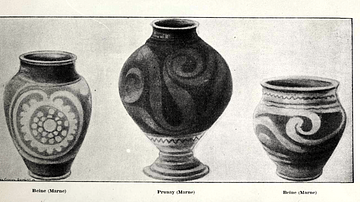
Image
Celtic Pottery Vessels, Marne, France
Three Celtic pottery vessels from La Marne, France. They shows typical Celtic design features with their curvilinear shapes and decoration. 4th century BCE. (British Museum, London)
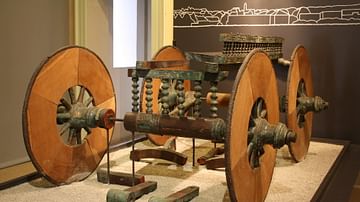
Image
Celtic Wagon
The remains of a Celtic wagon in bronze with wood reconstruction. 5th century BCE. (Archaeological Museum of Como, Italy)
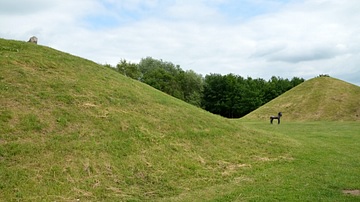
Image
Celtic Burial Mounds
Reconstructions of Celtic burial mounds dating to the La Tène period (5th to 1st century BCE). The mounds were surrounded by circular ditches of 0.6 metres and 1.2 metres. European Archaeological Park of Bliesbruck-Reinheim, Germany / France...
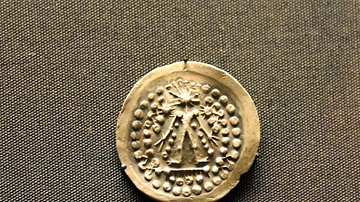
Image
Celtic Coin from Thrace Copying Greek Inscription
Early Iron Age Celtic people copied Greek coins, often faithfully reproducing their designs and inscriptions. This suggests that Thracian die-engravers were illiterate, as legible Greek letters were gradually replaced by abstract patterns...
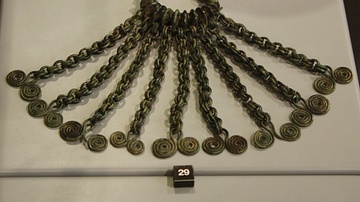
Image
Celtic Bronze Fastener
A Celtic bronze fastener, 7th century BCE. (Archaeological Museum of Como, Italy)
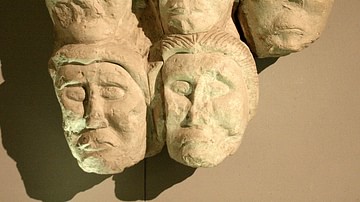
Image
Celtic Heads Sculpture, Entremont
A stone sculpture of human heads, the part of the body believed by the ancient Celts to hold the soul. From a sanctuary at the oppidum of Entremont, France. 2nd century BCE. (Musée Granet, Aix-en-Provence, France)
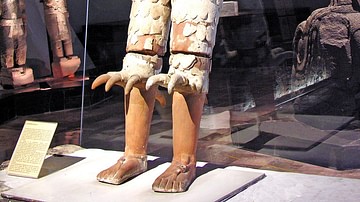
Image
Aztec Eagle Warrior
An almost life-size terracotta Aztec Eagle Warrior, one of the elite warrior groups in the Aztec military. 13-15th century CE, from Tenochtitlan. (National Museum of Anthropology, Mexico City)

Definition
Ancient Scotland
Scotland is a country which, today, comprises the northern part of Great Britain and includes the islands known as the Hebrides and the Orkneys. The name derives from the Roman word "Scotti" which designated an Irish tribe who invaded the...
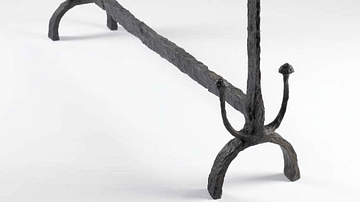
Image
Celtic Fire-Dog
A Celtic fire-dog excavated at Welwyn, Hertfordshire, England. Iron, 50-25 BCE. Height: 96.5 cm. Fire-dogs were likely used for spit-roasting meat at Celtic feasts. (British Museum, London)
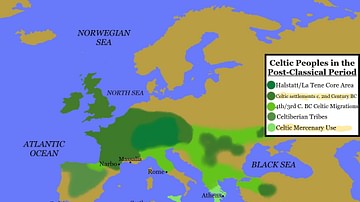
Image
Map of Celtic Peoples in the Post-Classical Period
A map showing the spread of Celtic-speaking peoples in Europe, and their migrations in the Post-Classical Period.